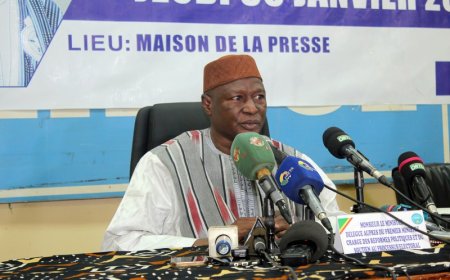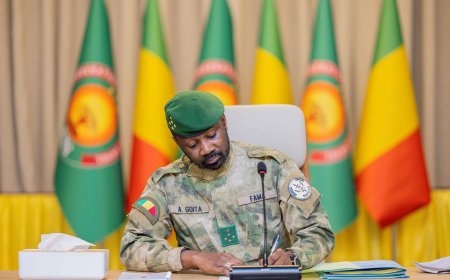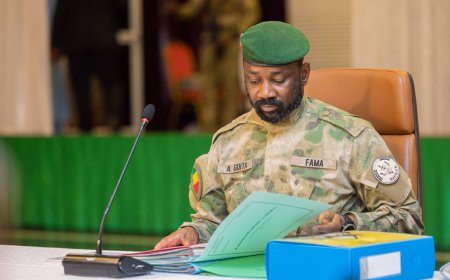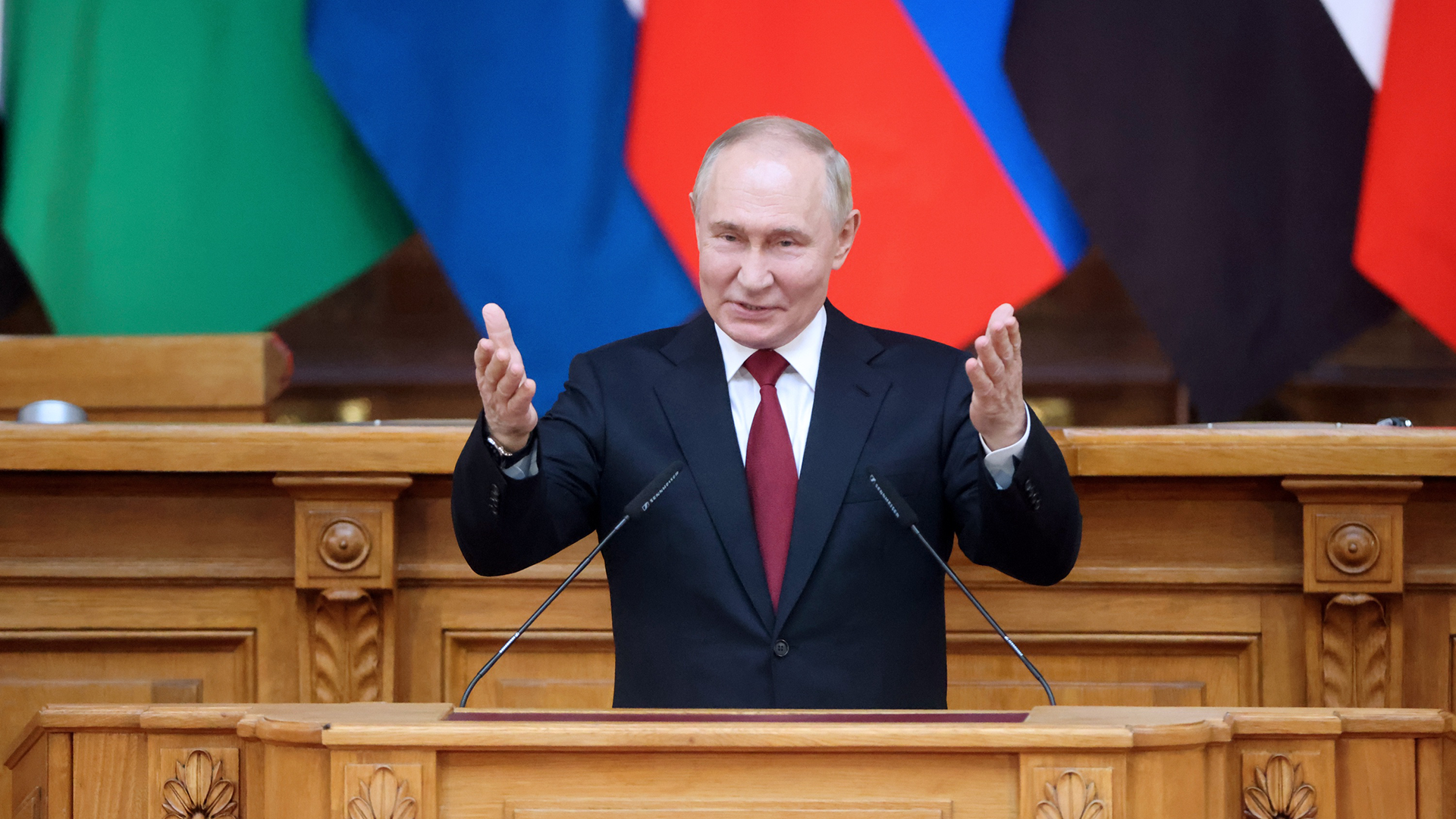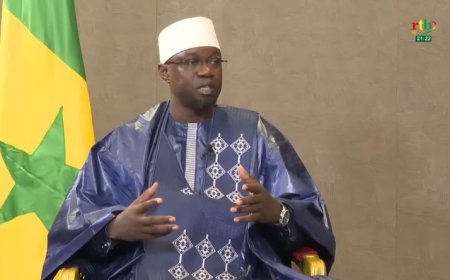Groundbreaking document paved way for normalization of Sino-US relations
Cui Tiankai, 70, the longest-serving Chinese ambassador to the United States, little knew 50 years ago the extent to which US President Richard Nixon's ice-breaking trip to China would affect the world in coming decades.
The same applied to Cui's thoughts on the China-US joint communique, also known as the Shanghai Communique, which was issued during the visit.
When Nixon arrived in Beijing on Feb 21, 1972, Cui was working as a tractor driver in a rural area of Heilongjiang province, helping grow wheat and soybeans.
"It was big news for us that the president of the United States was coming to China. We had a sense that something might happen and that there could be some changes in the relations between China and the United States, but we did not know exactly what those changes might be," Cui said.
"We were certainly not aware of the broader, more fundamental changes, that might be taking place in the world. We were certainly not aware of the changes that would affect our personal lives in the coming decades."
The senior diplomat engaged with three US administrations during his time in Washington as ambassador from April 2013 to June last year, and watched as Sino-US relations plunged to historical lows, marred by a trade war, escalating tensions and a highly politicized pandemic.
The Shanghai Communique was something new in diplomacy, as the two countries agreed to state different views in the same document. As a political document signed by two sovereign states, it should be honored and implemented, Cui added.
However, there are "very dangerous things coming up", he said, and over the years, there has been a clear violation by the US of the letter and spirit of the Shanghai Communique, causing concern for China.
With a view to working toward the normalization of joint relations, the Shanghai Communique was issued by China and the US hours before Nixon ended his week-long China visit on Feb 28, 1972.
Together with the Joint Communique on the Establishment of Diplomatic Relations and the Joint Communique on Arms Sales to Taiwan, the Shanghai Communique constitutes the foundation for the development of China-US relations.
The US acknowledges in the Shanghai Communique that "all Chinese on either side of the Taiwan Straits maintain there is but one China and that Taiwan is a part of China." The Taiwan question has been the most sensitive in China-US relations.
China and the US also acknowledged their differences in the Shanghai Communique, but agreed on the Five Principles of Peaceful Coexistence, including non-interference in the internal affairs of other states.
Source: https://www.chinadaily.com.cn/
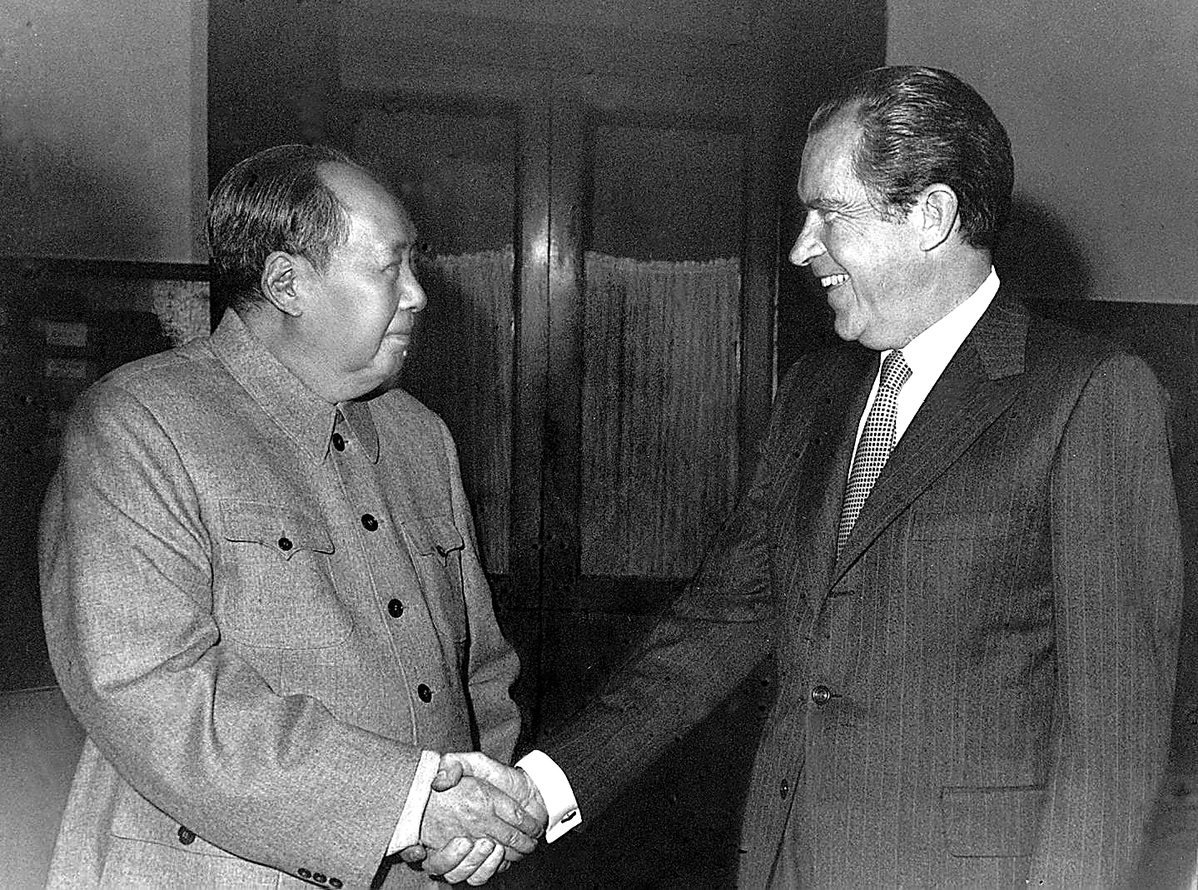
 Like
0
Like
0
 Je kiff pas
0
Je kiff pas
0
 Je kiff
0
Je kiff
0
 Drôle
0
Drôle
0
 Hmmm
0
Hmmm
0
 Triste
0
Triste
0
 Ouah
0
Ouah
0



